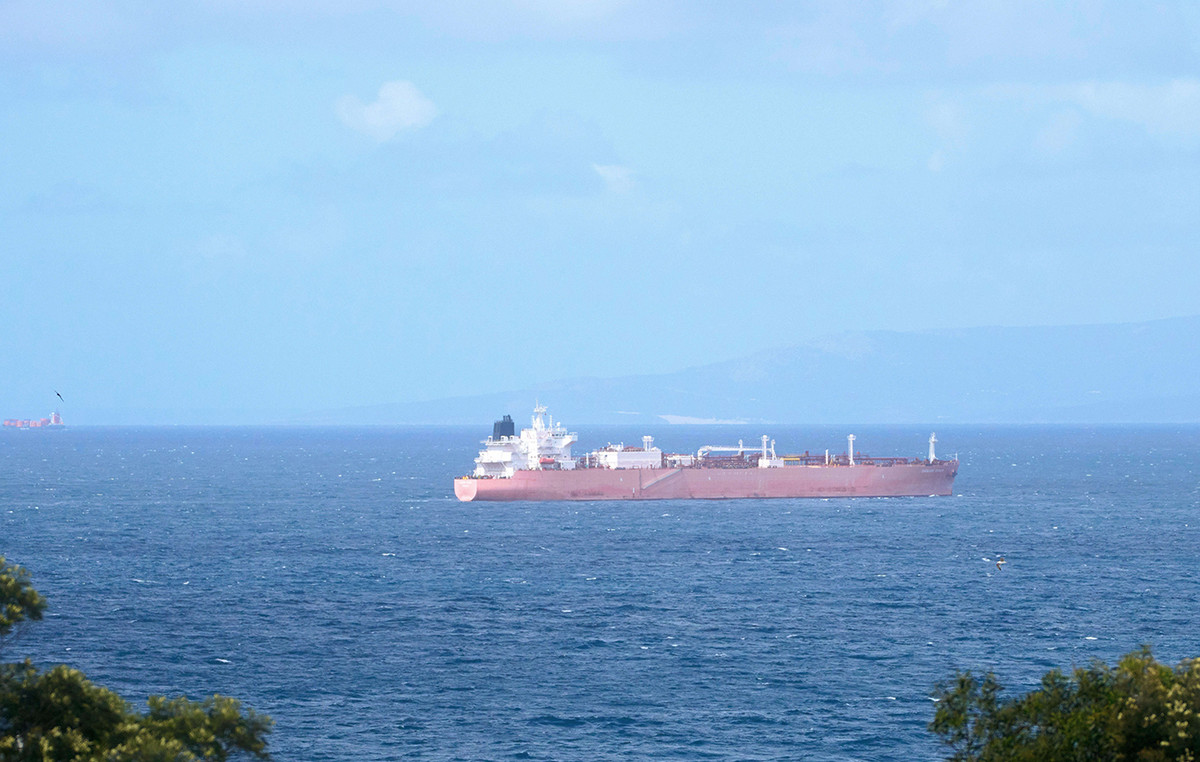The first strong winds before Hurricane Ian began to hit Cuba’s southern coast on Monday night, as officials rushed to evacuate residents, protect boats and homes amid warnings of a life-threatening storm.
The fast-growing storm is centered about 250 km southeast of Cabo San Antonio, in the far west of Cuba, but has increased in intensity in recent hours with maximum sustained winds of 155 km/h. The hurricane is a Category 2 on a five-step scale.
“Devastating wind damage is possible where Ian’s core moves through western Cuba,” the officials said.
The storm is expected to strengthen into a Category 3 or greater hurricane and head north to the coast of Florida, where residents are stocking up on supplies and filling sandbags.
Residents of Batabano, on Cuba’s southern coast, worked with far fewer resources than they did in Florida as the storm approached, threatening the fishing village of rickety wooden houses and concrete blocks just steps from the rough sea.
“We are here saving human lives, going from house to house, taking out the elderly and children,” said local official Suleika Roche, 43, aboard a bus carrying residents to high ground.
The storm is expected to hit the north of the island as it makes its way into the Gulf of Mexico, but forecasts point to the west of the capital Havana, where a direct impact could cause catastrophic damage to the city’s antiquated infrastructure.
Cuba is already suffering from an economic crisis that has led to long lines for food, fuel and medicine, as well as regular blackouts across the country. Most supermarket shelves have been empty for months, complicating preparations for the storm.
“I’m buying bread now because later I won’t be able to leave the house,” said Havana resident Guillermo Gomez, 79, as he waited in a line that stretched several blocks for a few pieces of bread. “The water will come up to my knees,” he added.
On Malecon Avenue, on the seafront of the capital, some residents closed their windows. Others, without boards, glued them together to prevent them from breaking, while others simply removed the glass entirely.
Juan Ruiz, a caretaker at a cafe overlooking the Straits of Florida, explained that the company had removed all its goods and equipment the night before, preferring to work with the sea rather than fight it.
“We’ve been getting ready since Saturday,” Ruiz said as the wind began to raise white foam on the water. “The sea always appears here.”
The Cuban government canceled interprovincial train and bus travel through the western half of the island before the storm. Officials said they were also monitoring aging dams, many of which were already approaching capacity before the storm.
Florida boundary
The storm appears about to cut a swath in the tobacco-producing province of Pinar del Rio, a sparsely populated area of the island devoted primarily to agriculture and fishing.
Officials in Pinar del Rio said they would evacuate 24,000 people from the province before the hurricane. Fertilizer, charcoal and farm animals were moved to safe locations, officials said, and infrastructure for the region’s tobacco industry was protected.
Meteorologists said that once Ian leaves western Cuba, the storm could reach north of Tampa Bay early Friday or turn northwest toward the Panhandle, Florida.
The Joe Biden administration declared a public health emergency for the state on Monday and said it was working with local officials to provide support.
Both Cuba and Florida have seen wetter, windier and more intense hurricanes in recent years, which some experts attribute to climate change.
There is also evidence that climate change is causing storms to travel more slowly, dumping more water in one place.
Source: CNN Brasil
I’m James Harper, a highly experienced and accomplished news writer for World Stock Market. I have been writing in the Politics section of the website for over five years, providing readers with up-to-date and insightful information about current events in politics. My work is widely read and respected by many industry professionals as well as laymen.







